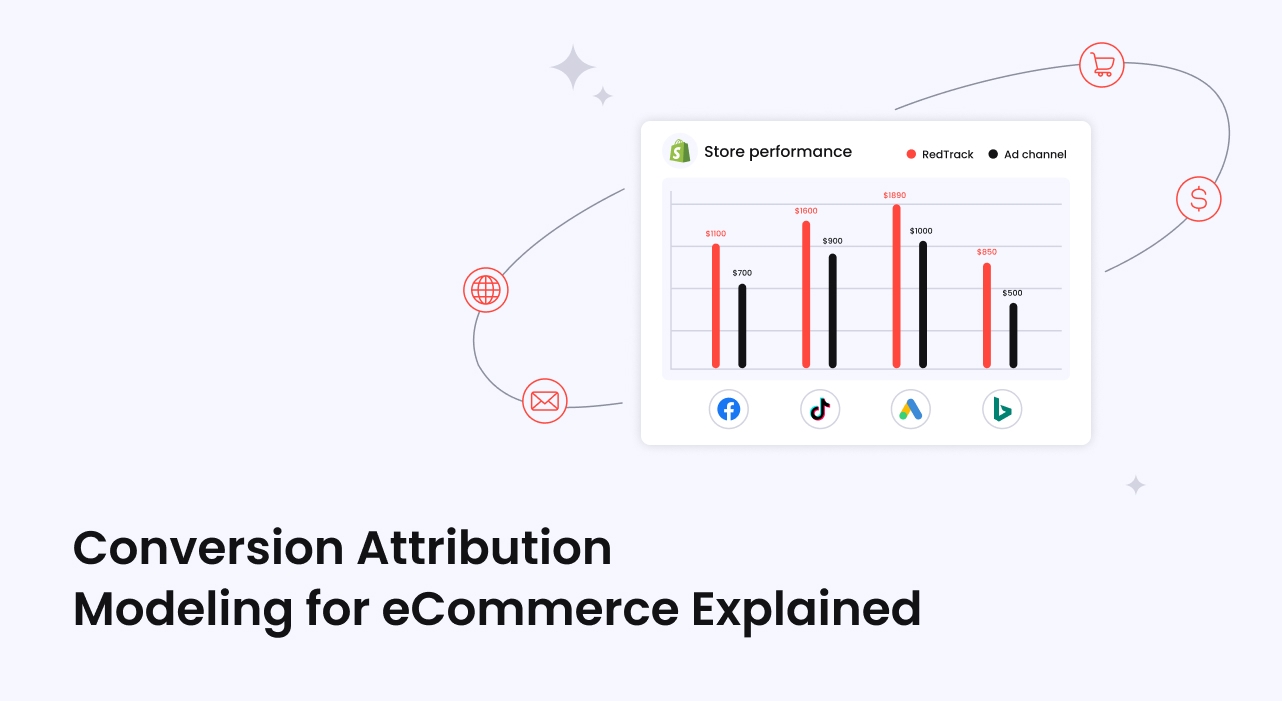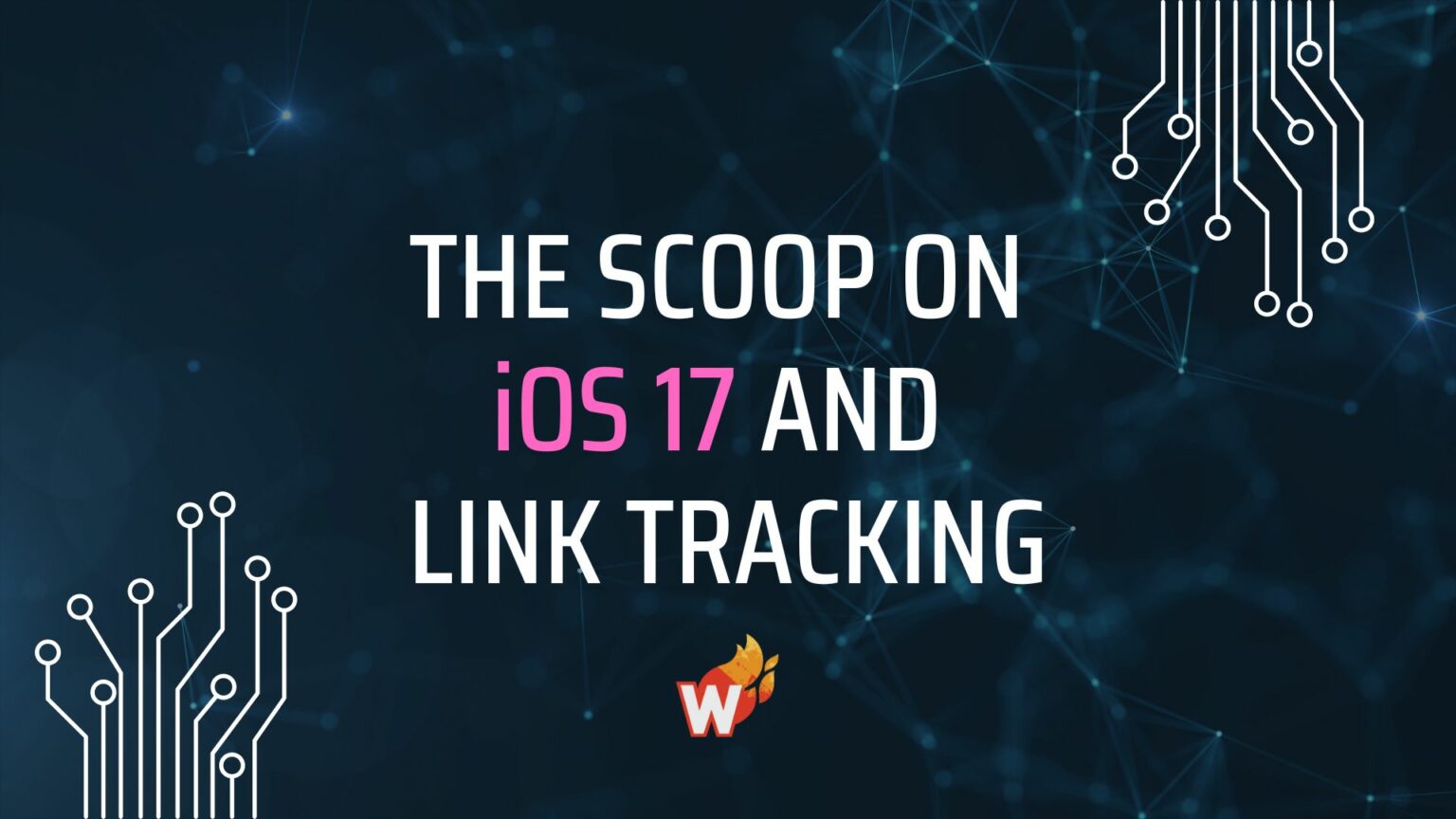
Conversion Attribution Modeling for eCommerce Explained


Understanding where your sales come from is critical for any eCommerce business.
Conversion attribution modeling helps you do just that. By showing how different marketing channels contribute to conversions, you can better understand the customer journey, improve your marketing ROI, and spend your ad budget more effectively.
In this article, we’ll break down what conversion attribution modeling is, why it matters, and the different types of attribution models you can use to grow your business.
If you're ready to take control of your ad tracking and revenue attribution, RedTrack.io is your go-to solution for digital marketing analytics.
What Is Conversion Attribution Modeling?
At its core, conversion attribution modeling is a method used to assign credit to various marketing touchpoints that lead to a conversion, whether that’s a purchase, a sign-up, or another valuable action.
In eCommerce, this means identifying which marketing channels—such as paid ads, email campaigns, or organic search—drive sales. The goal is to understand which channels or strategies are driving your conversions so you can invest more in what works and cut back on what doesn’t.
Why is Attribution Crucial for eCommerce?
eCommerce businesses often use multiple channels to reach their customers. From social media ads to influencer marketing, every touchpoint plays a role in driving sales. But without proper attribution, you might not know which channel deserves the credit.
By using conversion and revenue attribution, you can:
- Pinpoint the most effective marketing efforts
- Improve your customer journey mapping
- Make smarter budgeting decisions
Ad and attribution trackers, such as RedTrack, enable you to go beyond the standard and biased tracking models of ad platforms and efficiently map the connections between various channels of your multi-channel marketing mix.
Accurate Marketing ROI Measurement Outcomes
You can’t improve what you can’t measure. One of the most significant benefits of conversion attribution modeling is its ability to show the return on investment (ROI) for each marketing channel.
When you know how much revenue each channel generates, you can:
- Focus your budget on high-performing channels
- Optimize your marketing strategies for better results
- Eliminate wasteful spending on underperforming efforts
For example, if paid search brings in most of your conversions, you might want to invest more there, while cutting back on channels that aren’t delivering.
3 Types of Attribution Models
There’s no universal best attribution model. Each one gives a different perspective on your marketing effectiveness.
Choosing the right model depends on your sales cycle, marketing channels, and business goals. Here’s a breakdown of the main models, with examples to help eCommerce owners decide which suits them best.
1. Single-Touch Models
These models are simple and best for businesses with short sales cycles or when one channel dominates conversions.
First-Click Attribution
What it does: Credits the first interaction with your brand.
Use it when: You're focusing on brand awareness or top-of-funnel campaigns to understand what attracts new customers.
Example: A fashion eCommerce store running influencer campaigns to drive traffic might use this to see which influencers spark initial interest.
Last-Click Attribution
What it does: Gives credit to the last touchpoint before conversion.
Use it when: The final push matters most, like retargeting or email campaigns that close the sale.
Example: An online electronics store using aggressive retargeting ads may want to track which ads seal the deal.
2. Multi-Touch Models
These provide a more nuanced view of how multiple touchpoints contribute to a sale.
Linear Attribution
What it does: Spreads credit equally across all touchpoints.
Use it when: Every interaction along the way matters equally, like nurturing leads through a content-driven funnel.
Example: A beauty product store running a mix of blog content, email newsletters, and social ads might use this to value each channel in the customer’s journey.
Time Decay Attribution
What it does: Gives more weight to touchpoints closer to the conversion.
Use it when: Recent actions have more influence, like during a flash sale or limited-time promotion.
Example: An eCommerce brand running a week-long promo might apply this to understand which last-minute ads or emails drove conversions.
Position-Based Attribution
What it does: Credits 40% to the first and last touchpoints, and 20% is shared among the middle ones.
Use it when: Both introduction and closing interactions are crucial.
Example: A subscription box company using paid ads to attract visitors and email campaigns to convert them may want to highlight these bookend actions.
3. Custom or Data-Driven Models
What it does: Uses algorithms and your unique data to assign credit based on real customer behavior.
Use it when: Your business has a complex sales cycle and access to advanced analytics tools.
Example: A large-scale online retailer selling high-ticket items could benefit from data-driven attribution to accurately analyze varied customer paths across multiple channels over time.
Optimize Your Marketing Spend with Conversion Attribution Modeling
Conversion attribution modeling is essential for sustaining eCommerce growth. By understanding which channels contribute to your sales, you can optimize your marketing spend, boost your ROI, and deliver better results.
Choosing the right attribution model helps you map your customer journey more effectively and make informed decisions.
Remember, using ad and attribution trackers for eCommerce as an independent source of truth is the best way to make data-driven decisions and manage your ad budgets.





